How many fishing rods per person in Texas? This question is essential for both new and experienced anglers. Texas offers some of the best freshwater and saltwater fishing in the U.S. From lakes and rivers to Gulf Coast bays and offshore waters, the state attracts millions of fishing enthusiasts each year. Knowing the rules ensures legal compliance and protects fish populations.
Moreover, fishing regulations in Texas are managed by the Texas Parks and Wildlife Department (TPWD). They set daily bag limits, size restrictions, and equipment rules. These include how many fishing rods per person in texas can be used at once. While there is no universal limit, specific locations and species determine the number allowed.
For example, most public freshwater bodies allow up to two fishing poles per person. This applies to individuals 17 years and older who have a valid fishing license. However, in designated “two-pole” waters, anglers may use more than one rod without special permits. These areas are clearly marked and listed in the TPWD Outdoor Annual.
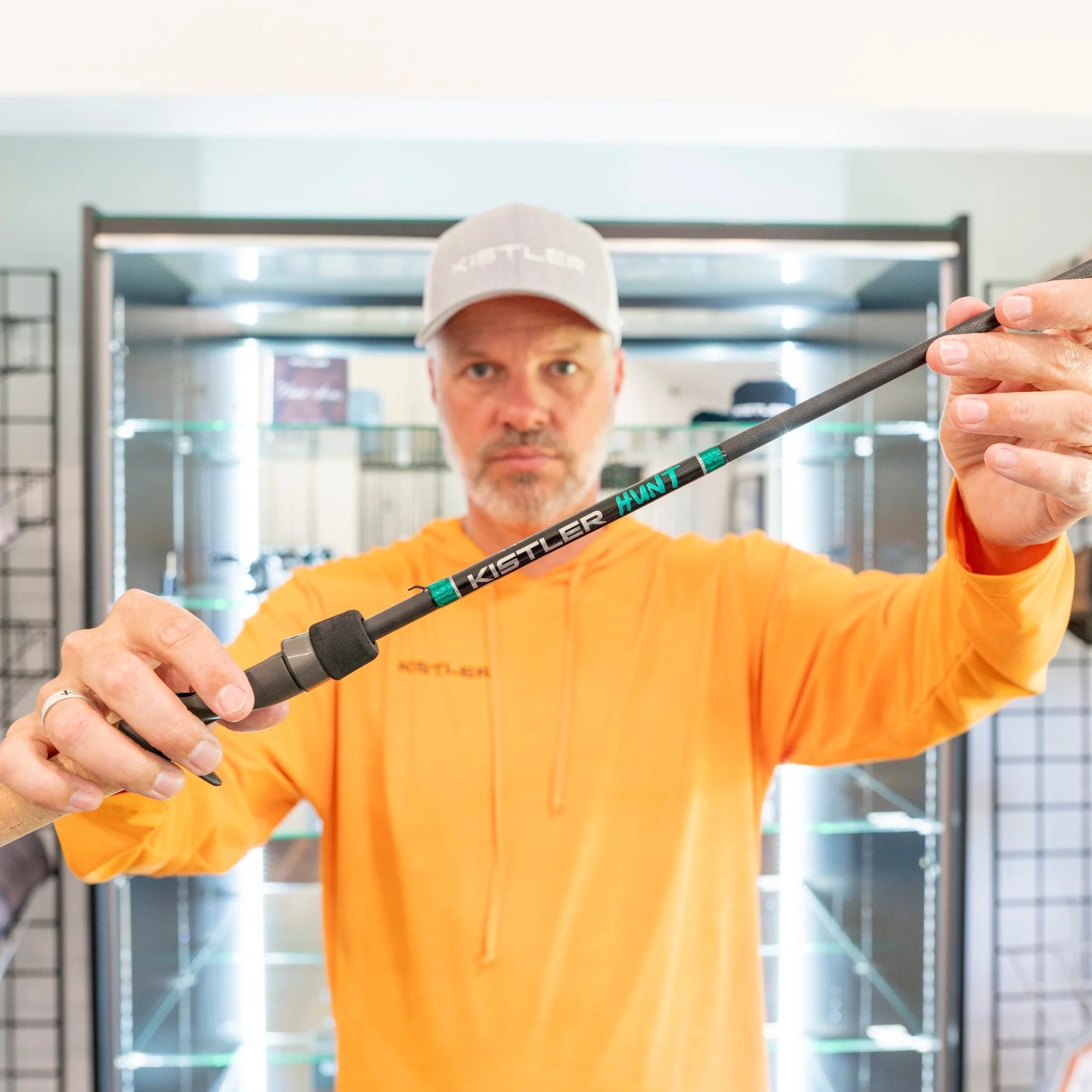 General Fishing Rod Limits for Freshwater in Texas
General Fishing Rod Limits for Freshwater in Texas
How many fishing rods per person in texas? In most Texas freshwater areas, anglers can use two fishing rods at once. This rule applies to public lakes, rivers, and streams. It is part of standard fishing regulations for licensed individuals. The allowance helps increase catch rates without overharvesting.
Anglers must be 17 years or older to fish legally. A valid Texas fishing license is required. Exceptions exist for children under 17, who can fish without a license. They are still subject to daily bag and size limits.
Some waters allow more than two rods. These are known as “two-pole” waters. The TPWD maintains a list of approved lakes and rivers. Examples include Lake Fork, Sam Rayburn Reservoir, and Toledo Bend. These locations support higher rod usage due to strong fish populations.
However, using multiple rods does not mean multiple keepers. Bag limits still apply per person. For example, if the limit is five bass per day, that applies regardless of how many rods you use.
Each rod must be attended at all times. Leaving lines unattended may be considered illegal snagging or trotlining. This rule prevents passive fishing methods that can harm fish stocks.
Anglers must also follow gear restrictions. Some areas ban live bait or specific hook types. Always read the current Outdoor Annual guide before heading out.
Children fishing with an adult can use their own rod. However, their catch counts toward the adult’s bag limit unless they have their own license.
Local rules may differ. State parks or city lakes sometimes limit rods to one per person. These limits help manage crowds and protect fish.
Therefore, checking location-specific rules ensures full compliance. Hence, knowing how many fishing rods per person in texas can be used prevents accidental violations.
Saltwater Fishing Rod Rules Along the Texas Gulf Coast
Saltwater fishing in Texas follows different guidelines than freshwater. On the Gulf Coast, anglers can typically use two rods from the shore, pier, or dock. This applies to both recreational and novice fishermen.
When fishing from a boat, the rules become more flexible. Multiple rods are common, especially when targeting species like redfish, speckled trout, or flounder. Each person usually manages two rods. However, there is no strict per-person rod limit on private boats.
Still, all lines must be attended. Unattended rods may lead to citations. Game wardens look for signs of illegal trotlining or snagging. These methods harm fish populations and disrupt ecosystems.
Bag and size limits remain in effect. For example, the daily limit for speckled trout is four fish. Redfish allow one over 20 inches and under 28 inches. These rules apply per person, not per rod.
Certain areas have special regulations. Galveston Bay and Corpus Christi Bay are highly regulated. Always carry a current saltwater fishing guide. It lists species limits, closed seasons, and gear rules.
The use of downriggers, planers, or multiple hooks is allowed. However, some areas restrict treble hooks or live bait. These rules vary by region and species.
Charter boats follow the same rules. The captain ensures all passengers comply. Each guest usually handles one or two rods. Their catches count toward individual limits.
Children under 17 do not need a saltwater endorsement. But they must follow all fishing rules. Their catch counts toward a licensed adult’s bag.
Therefore, while rod limits are more flexible in saltwater, other rules are strict. Staying informed prevents penalties and supports conservation.
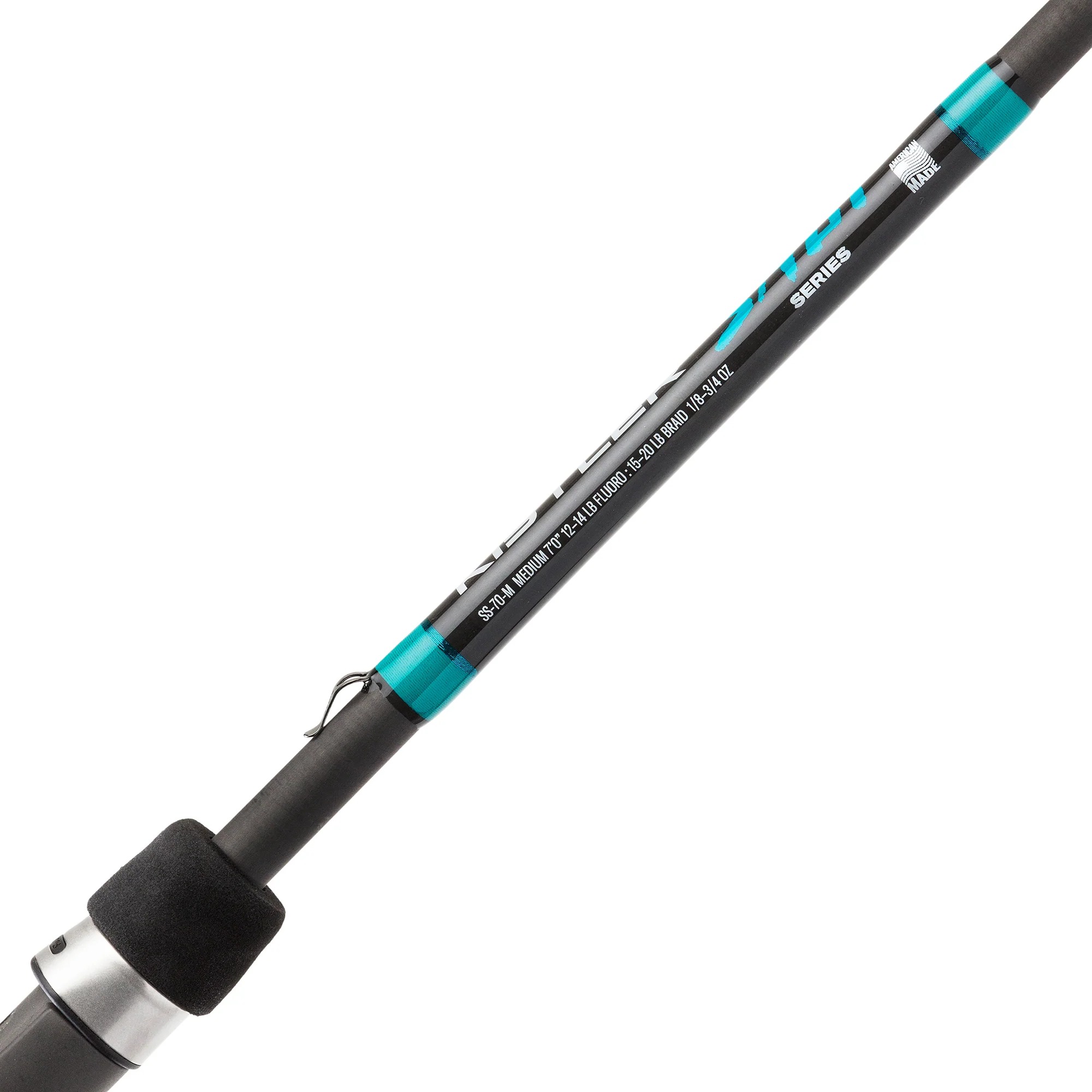 Special Permits: The Two-Pole Endorsement in Texas
Special Permits: The Two-Pole Endorsement in Texas
The Two-Pole Endorsement allows anglers to use up to three fishing rods in approved waters. This option is available for an additional fee. It appears as a stamp on the fishing license. The endorsement expands fishing opportunities in select lakes and rivers.
To qualify, you must have a valid Texas fishing license. Then, purchase the Two-Pole Endorsement through TPWD. It costs around $15 annually. You can buy it online, at retail outlets, or by phone.
Eligible waters are clearly listed. Major reservoirs like Lake Conroe, Lake Livingston, and Lake Whitney allow three rods. These lakes have strong fish populations and can support higher fishing pressure.
However, not all lakes are included. Some conservation areas limit rods to one or two. Always verify if your fishing spot is on the approved list.
Each rod must still be attended. Leaving lines unattended violates regulations. Game wardens monitor for passive fishing methods.
The endorsement does not increase bag limits. You still follow daily catch rules. For example, five largemouth bass per day applies regardless of rod count.
This option benefits active anglers. Using three rods increases chances of catching fish. It also allows testing different lures or techniques.
Families often use it while fishing together. Parents can manage extra rods for children. This keeps kids engaged while staying within limits.
The endorsement is not needed for children under 17. They can fish with two rods without it. But their catch counts toward a licensed adult.
Therefore, the Two-Pole Endorsement is a smart investment for serious fishermen. It enhances fun while supporting legal compliance.
Fishing in Private Lakes and Ponds: Rules and Exceptions
Private lakes and ponds operate under different rules. Owners can set their own fishing regulations. These may include how many fishing rods per person in texas can be used.
Some private lakes allow one rod per angler. Others permit two or more. These rules depend on fish density, management goals, or club policies. Always ask the landowner or manager before fishing.
Leased or managed lakes often require membership. These clubs may limit rods to control harvest. Some use slot limits or catch-and-release rules. These protect breeding populations.
Stocked ponds may restrict rod numbers. This prevents overfishing of expensive fingerlings. Guides may allow only one rod per person during charters.
Children often get special allowances. Even in private waters, kids may use two rods. But their catch usually counts toward a licensed adult.
Bait restrictions may apply. Some private lakes ban live bait to prevent invasive species. Others require barbless hooks for catch-and-release.
Tournament fishing on private lakes follows event rules. Competitors often use two rods. But they must follow the tournament’s guidelines.
Homeowners with backyard ponds can fish freely. They are not subject to TPWD rules. However, if the pond connects to public water, regulations may apply.
Stocking records and fish health matter. Owners track species and population. Rod limits help maintain balance.
Therefore, private water rules vary widely. Always confirm local policies. This ensures a positive experience and protects the fishery.
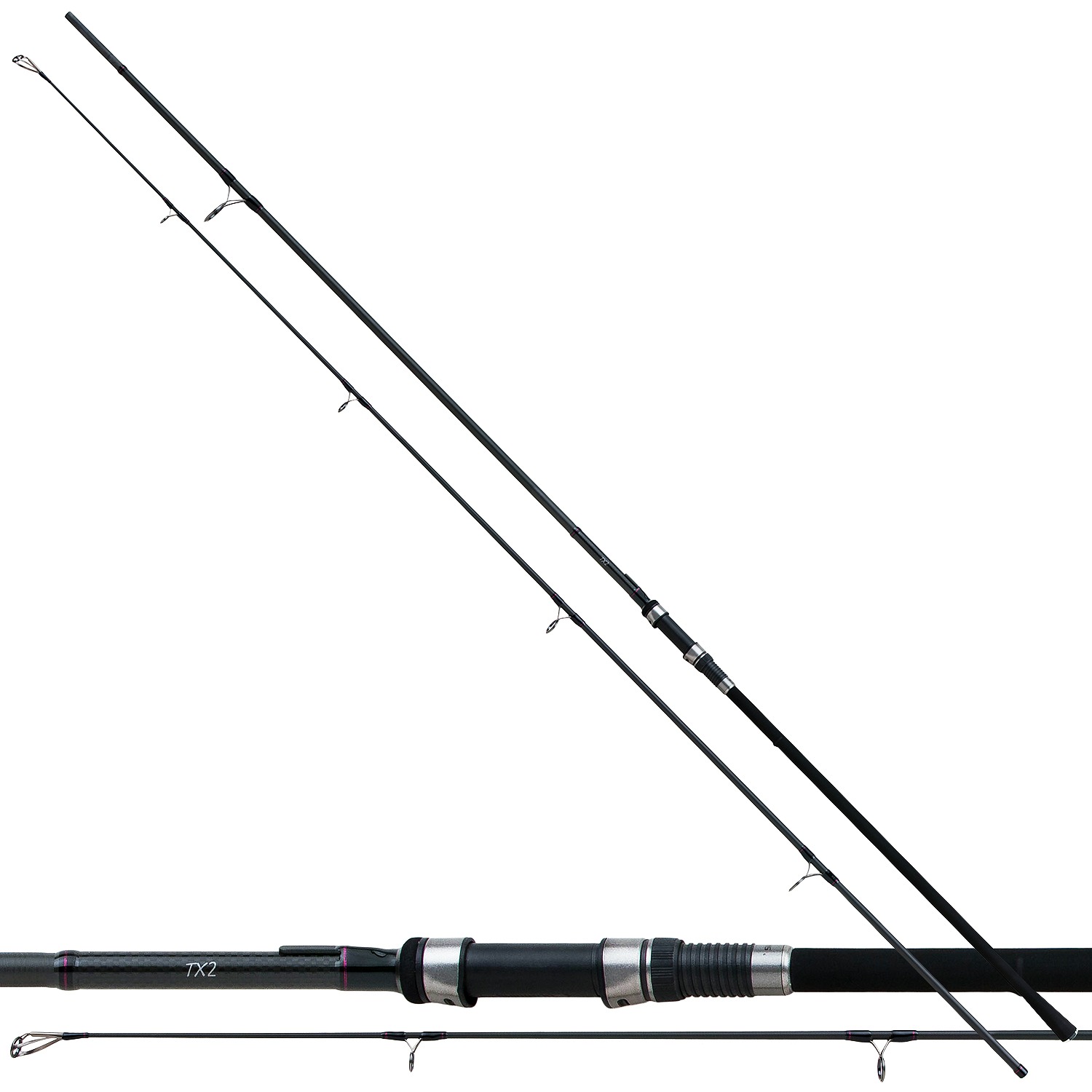 Youth Fishing and Rod Limits for Children
Youth Fishing and Rod Limits for Children
Children under 17 do not need a fishing license in Texas. This makes fishing accessible and affordable for families. However, they must follow all fishing rules.
Most youth anglers can use two fishing rods. This applies in public and private waters unless restricted. Their catch counts toward a licensed adult’s bag limit.
For example, if a child catches three bass, those count toward the adult’s five-fish limit. This rule prevents license-free fishing from increasing harvest.
In two-pole waters, children can use two rods without special permits. They can also take advantage of the Two-Pole Endorsement if fishing with a licensed adult.
TPWD encourages youth participation. Free fishing days occur each year. No license is required for anyone. Rod limits still apply.
School fishing clubs and tournaments are growing. These events teach conservation and sportsmanship. Coaches ensure all participants follow rod and bag rules.
Parents often start kids with one rod. This builds casting and reeling skills. As children improve, they may use a second rod.
Special youth licenses are not required. But some families choose to buy them. This supports TPWD programs and teaches responsibility.
Fishing education programs are available. They cover safety, ethics, and regulations. These include rod usage and species identification.
Therefore, youth fishing promotes lifelong habits. It also ensures future compliance with rules like how many fishing rods per person in texas.
Catch and Release Practices and Rod Usage
Catch and release fishing is common in Texas. Many anglers practice it to protect fish populations. Using multiple rods can support this goal.
When catch and release, anglers often use two or three rods. This increases interaction with fish without keeping them. It enhances the experience.
Barbless hooks are recommended. They reduce injury and speed up release. Circle hooks also help. They hook in the mouth corner, not deep in the throat.
Handling fish properly is essential. Wet hands before touching them. Use rubber nets. Minimize air exposure. Return fish quickly.
Using multiple rods allows testing different lures. This helps find what works best. It also reduces pressure on one area.
In tournaments, catch and release is standard. Anglers use live wells to keep fish alive. They follow strict rules on rod use and handling.
Catch and release areas may have special rules. Some require single hooks or specific gear. Always read local signs.
TPWD promotes conservation. They track fish populations and adjust rules. Rod limits help balance access and sustainability.
Therefore, responsible fishing includes proper rod use. It protects resources for future generations.
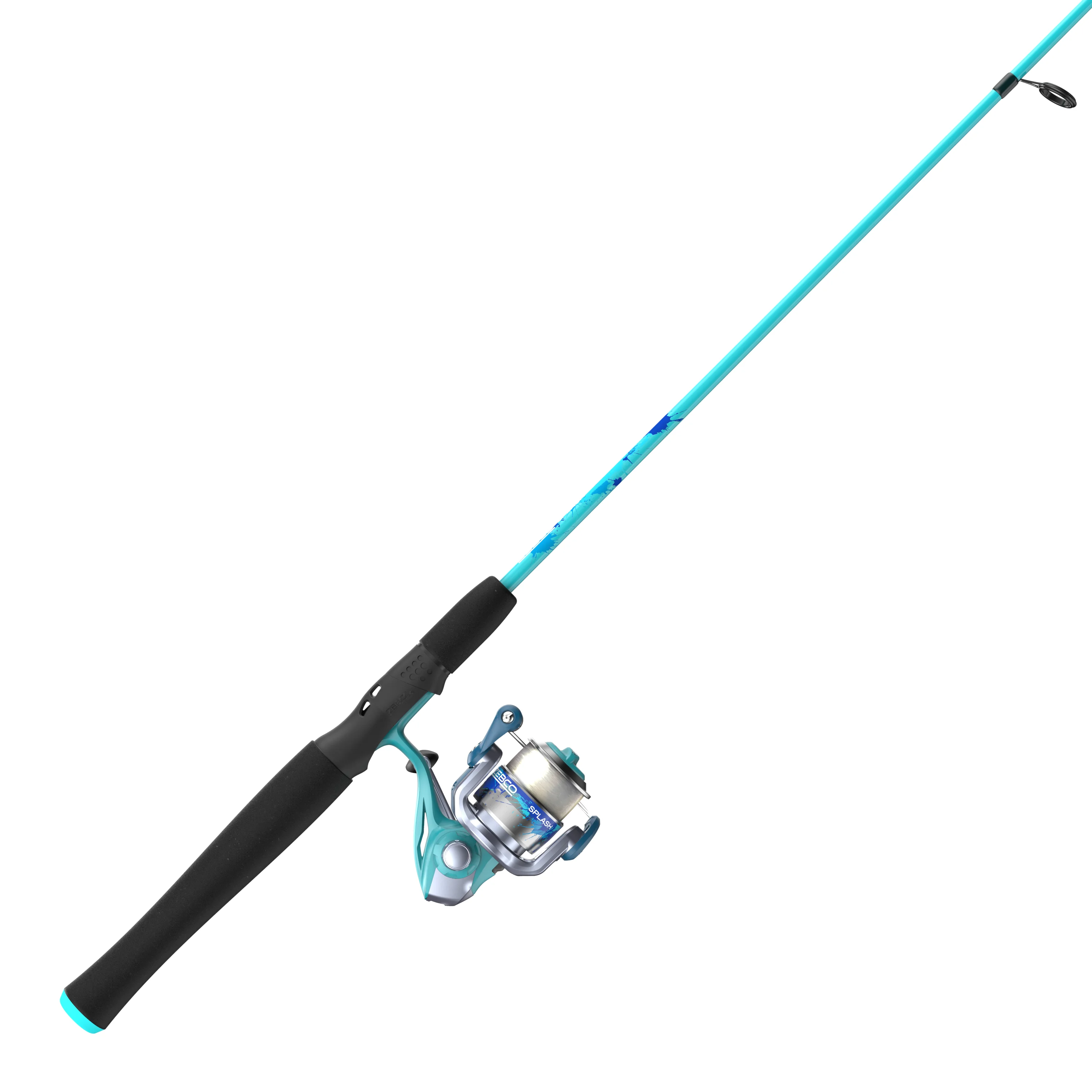 Regional Differences in Rod Limits Across Texas
Regional Differences in Rod Limits Across Texas
Rod limits vary across Texas regions. East Texas lakes like Sam Rayburn allow two rods. Some support three with the Two-Pole Endorsement.
Central Texas waters, such as Lake Travis, follow standard rules. Two rods per person are allowed. Special endorsements apply in approved areas.
North Texas reservoirs like Lake Texoma follow TPWD guidelines. Two rods are standard. Bag limits remain strict.
West Texas has fewer large lakes. Smaller waters may limit rods to one. These areas protect limited fish stocks.
The Panhandle includes lakes like Meredith and Tule. These follow statewide rules. Two rods are typical.
South Texas features coastal and inland options. Freshwater lakes allow two rods. Saltwater areas have more flexibility on boats.
Urban fishing spots, like city parks, may restrict rods. High traffic requires tighter rules. Always check posted signs.
Remote areas often follow TPWD defaults. Two rods are allowed. Access may be limited due to terrain.
Therefore, regional differences matter. Always verify local rules before fishing.
Frequently Asked Questions About How Many Fishing Rods Per Person in Texas
Can I use three fishing rods without a permit?
Only in approved waters with the Two-Pole Endorsement.
Do kids need a license to use two rods?
No, but their catch counts toward a licensed adult’s limit.
Can I fish with two rods from a kayak?
Yes, if each rod is attended.
Are there rod limits on private property?
Yes, set by the landowner.
Can I use more than two rods in a tournament?
Only if the event rules allow it.
Do I need a saltwater endorsement for shore fishing?
Yes, if fishing for saltwater species.
Can I leave my rods unattended?
No, each must be attended at all times.
Does the Two-Pole Endorsement increase bag limits?
No, bag limits remain the same.
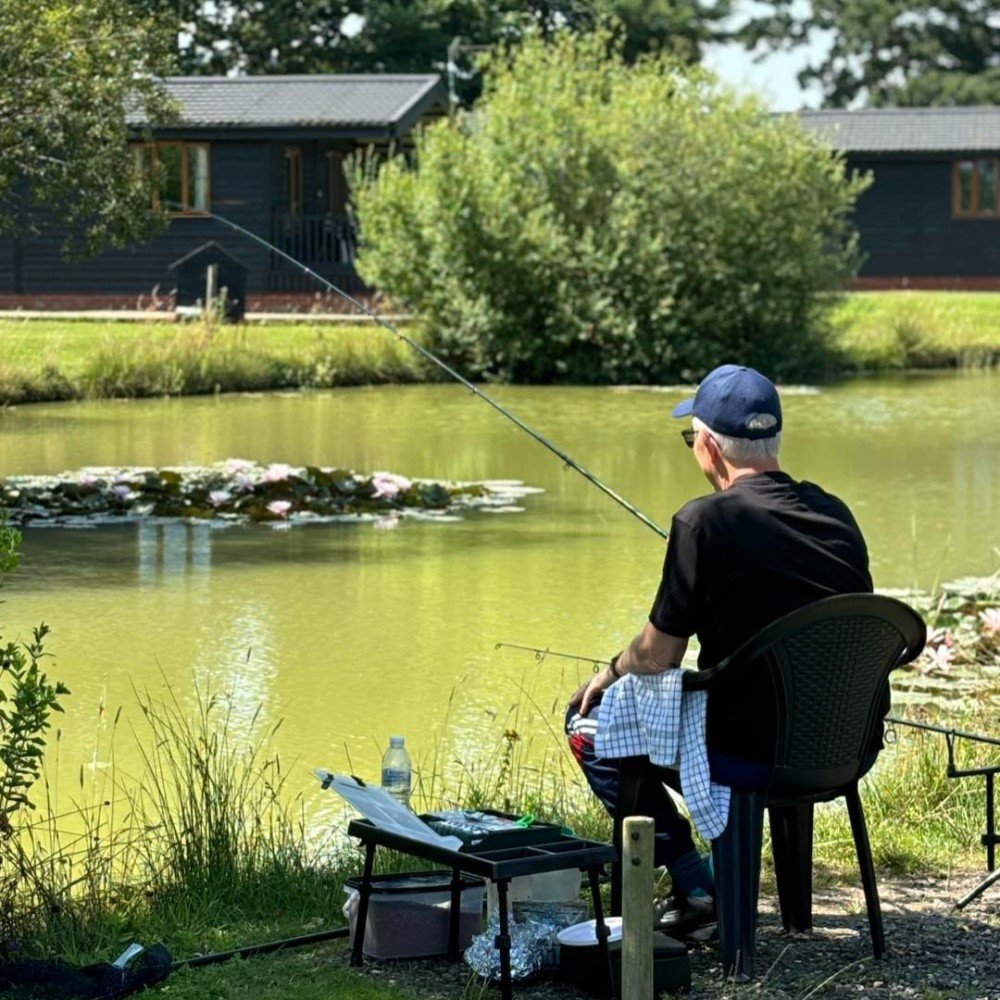 Final Thoughts
Final Thoughts
How many fishing rods per person in texas? This question remains a top concern for both novice and experienced anglers. The answer depends on location, species, and license type. In most cases, two rods are allowed. Special endorsements may allow three. Private waters follow owner rules. Staying informed ensures legal compliance and protects fish populations. Therefore, understanding these limits promotes responsible fishing. So check the TPWD guidelines, get the right license, and enjoy Texas’s rich fishing heritage.